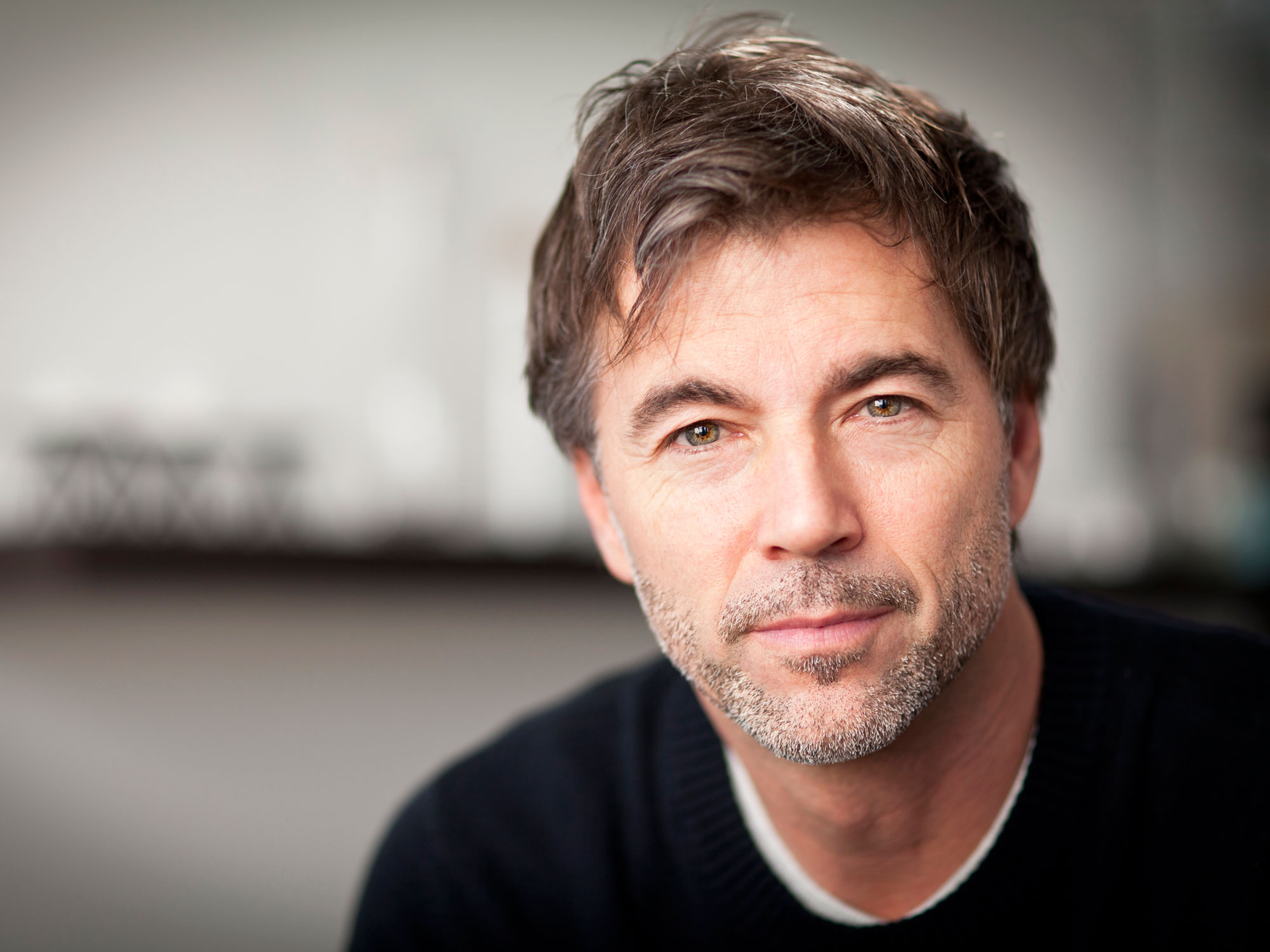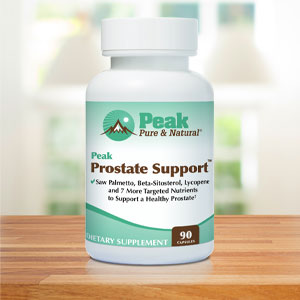Get Easy Health Digest™ in your inbox and don’t miss a thing when you subscribe today. Plus, get the free bonus report, Mother Nature’s Tips, Tricks and Remedies for Cholesterol, Blood Pressure & Blood Sugar as my way of saying welcome to the community!
Testicular hypofunction: A newer look at causes and treatment

As men age, we naturally lose our testosterone levels.
This is known as andropause, and can often lead to very low testosterone levels — and symptoms such as reduced muscle strength, low sex drive, lack of energy, decreased motivation, decreased self-confidence, and more.
Let’s look at the hormones involved in pronounced andropause, and the use of other hormones (in addition to testosterone) to treat this condition.
What is testicular hypofunction?
When a man’s testosterone (T) levels decline with age, or if a younger man’s testosterone levels are found to be low, it is called testicular hypofunction. For several reasons relating to genetics and our environment, this condition is becoming more prevalent in recent decades.
It doesn’t feel good to experience any of these symptoms of testicular hypofunction:
- low sex drive; difficulties getting erections; weak or short-lasting erections
- loss of strength or muscle mass; increased body fat; hot flashes
- decreased motivation; decreased self-confidence; lack of energy
- reduced body hair; breast/body fat enlargement; reduced muscle mass
- nervousness; irritability and mood swings; depression; difficulty remembering things
The treatment for this has been only testosterone replacement until recent years.
In 2017 researchers conducted a literature search on PubMed.com for medical alternatives to testosterone replacement therapy for testicular hypofunction; they also searched for studies that addressed the effects of an optimal diet, exercise, and stress reduction on testicular hypofunction. They concluded that “These alternatives to testosterone therapy can increase testosterone levels and should be considered before [giving] testosterone therapy.”
Other researchers found that the main reason for testicular hypofunction is not a lack of testosterone hormone per se, but rather, decreased stimulatory hormones in the brain (hypothalamus and pituitary) called gonadotropins. Testicular hypofunction is caused by insufficient stimulation by the hypothalamic-pituitary hormones in approximately 85% of cases, according to the European Male Aging Study (EMAS).
Added to this, the cells responsible for making testosterone in the male testicles (Leydig cells) become fewer in number and less responsive to these brain stimulatory hormones as men age.
Therefore, while testosterone supplementation (via shots, creams, or gels) has been the mainstream treatment for this, often this treatment alone is not effective for reversing symptoms or creates undesired side effects such as impaired fertility.
Related: Are the benefits of testosterone replacement for you?
Moreover, testosterone therapy has other risks and complications. For example, there is the potential of abuse, unintended testosterone transfer to a female partner, polycythemia (too many red blood cells), pituitary suppression, too much estrogen production, and the pain of ongoing intramuscular injections or testosterone pellet insertions.
In fact, the only FDA approved treatment for testicular hypofunction has been testosterone replacement therapy (exogenous testosterone), and not the restoration of endogenous testosterone production using other hormones. Let me share about these other hormones that do this. Although these are not yet FDA approved, they are legal to be prescribed by a treating physician.
Additional hormones to treat testicular hypofunction
Clomiphene Citrate (Clomid): By blocking the estrogen receptors in the hypothalamus and the pituitary, this increases the stimulatory hormones gonadotropin-releasing hormones (GnRH), luteinizing hormone (LH) and follicle-stimulating hormone (FSH) which significantly increase testosterone production by the testes. This was shown by a study of older male subjects who took 50 mg Clomiphene Citrate twice daily. In another study, subjects took 100 mg Clomiphene Citrate daily normalized testosterone levels and increased in libido, sexual potency, and even a general sense of well-being for 12 months on therapy, and for an additional 5 months after discontinuation of therapy. Although Clomiphene Citrate consistently increases testosterone and but also estrogen, you can take Arimidex to block the conversion of testosterone to estrogen (see Anastrozole below).
Anastrozole (Arimidex): This blocks the conversion of testosterone to estradiol in men. Therefore, it increases testosterone levels by as much as 144% while lowering serum estradiol levels. Dosing can be from ½ mg every other day to 1 mg daily.
HCG (human chorionic gonadotropin): this hormone mimics LH, one of the stimulatory hormones that make testes produce testosterone. Therefore, it is known to increase intra-testicular testosterone production. An early study of twice-weekly HCG injections of 5000 IU caused lean body mass to improve, testosterone (145%) and estradiol (157%) levels to increase, but gonadal stimulatory hormones and testicular volumes decreased significantly. Also, HCG injections last approximately 2-3 days in your body. The dose now used most predominately by hormone physicians is 250 IU every day or 500 IU twice weekly, along with testosterone replacement therapy. Unfortunately, the effects of significantly boosting testosterone levels are seen in only about half of men.
The effectiveness of HCG and safety of these three hormones used to treat testicular hypofunction in younger and also in aging men has not been clearly established; is off-label use; and is used by, but not universally accepted by, hormone replacement doctors.
To feeling good as we age,
Michael Cutler, M.D.
Sources:
- Lo EM, Rodriguez KM, Pastuszak AW, Khera M. Alternatives to Testosterone Therapy: A Review — Sex Med Rev. 2018 Jan;6(1):106-113. PubMed PMID: 29174957.
- Tajar A, Forti G, O’Neill TW, Lee DM, Silman AJ, et al. “Characteristics of secondary, primary, and compensated hypogonadism in aging men: evidence from the European male ageing study.” — J Clin Endocrinol Metab. 2010;95:1810–8.[PubMed]
- Zirkin BR, Tenover JL. “Aging and declining testosterone: past, present, and hopes for the future.” — J Androl. 2012;33:1111–8. [PMC free article] [PubMed]
- Bhasin S, Cunningham GR, Hayes FJ, Matsumoto AM, Snyder PJ, et al. “Testosterone therapy in men with androgen deficiency syndromes: an endocrine society clinical practice guideline.” — J Clin Endocrinol Metab. 2010;95:2536–59.[PubMed]
- McCullough A. “Alternatives to testosterone replacement: testosterone restoration.” — Asian Journal of Andrology. 2015;17(2):201-205.
- Cargille CM, Ross GT, Bardin CW. “Clomiphene and gonadotrophin in men.” — Lancet. 1968;2:1298. [PubMed]
- Lim VS, Fang VS. “Restoration of plasma testosterone levels in uremic men with clomiphene citrate.” — J Clin Endocrinol Metab. 1976;43:1370–7. [PubMed]
- Liu PY, Wishart SM, Handelsman DJ. “A double-blind, placebo-controlled, randomized clinical trial of recombinant human chorionic gonadotropin on muscle strength and physical function and activity in older men with partial age-related androgen deficiency.” — J Clin Endocrinol Metab. 2002;87:3125–35.[PubMed]
- Testosterone and HCG — Peak Testosterone













